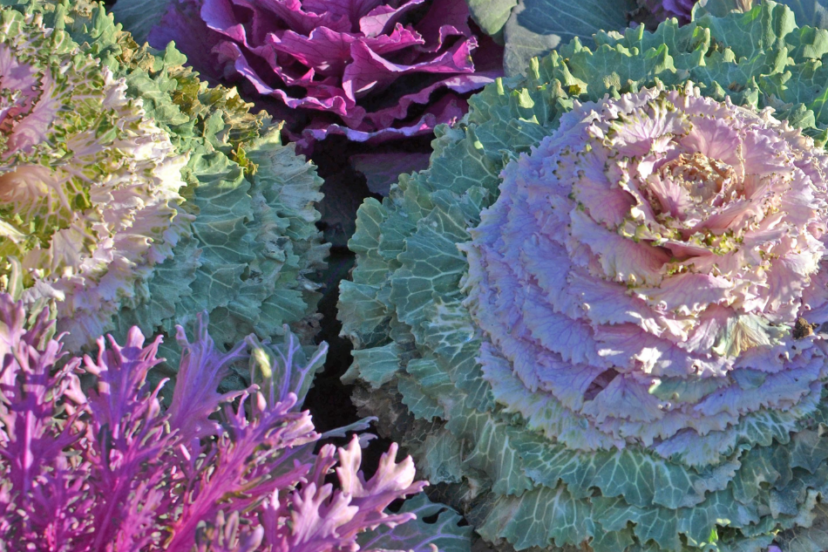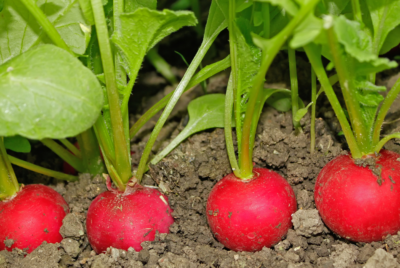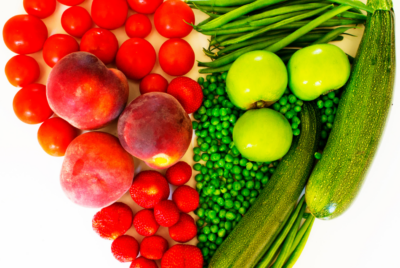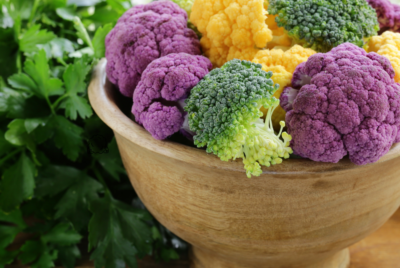Lettuce And Cabbage Companion Planting Tips
Companion planting can boost your lettuce and cabbage garden by enhancing growth and repelling pests. Discover the benefits of planting lettuce and cabbage together, including increased resilience and improved flavor. Avoid common mistakes that can hinder your garden’s success, and learn valuable tips for a flourishing harvest. Elevate your gardening game with these vital companion planting strategies for lettuce and cabbage!
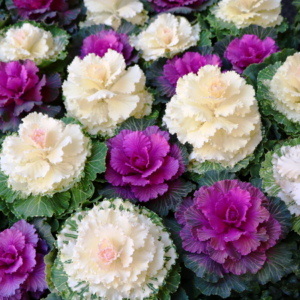
Key Takeaways:
- Companion Planting: Lettuce and cabbage make excellent companion plants, as they both have similar soil and sunlight requirements.
- Benefits of Companion Planting: Planting lettuce and cabbage together can help deter pests and promote healthier growth in both plants.
- Interplanting: Try interplanting lettuce and cabbage in the garden to maximize space and create a visually appealing and productive garden.
- Succession Planting: Consider planting lettuce and cabbage in succession to have a continuous harvest throughout the growing season.
- Maintaining Soil Health: Rotate crops each year and add organic matter to the soil to ensure the long-term health of your lettuce and cabbage plants.
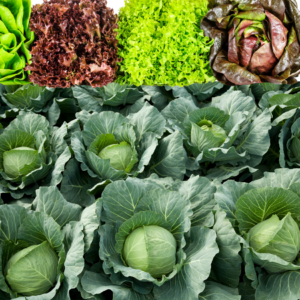
Understanding Companion Planting
What is Companion Planting?
Understanding companion planting is the practice of planting different crops in proximity to enhance each other’s growth and deter pests. This technique utilizes the natural relationships between plants to create a harmonious and mutually beneficial garden ecosystem.
Benefits of Companion Planting in Your Garden
Benefits of companion planting in your garden are numerous. Planting compatible crops together can help prevent pests and diseases, improve soil health, and increase yields by maximizing space and resources. Additionally, companion planting can attract beneficial insects to your garden, creating a more balanced and sustainable environment.
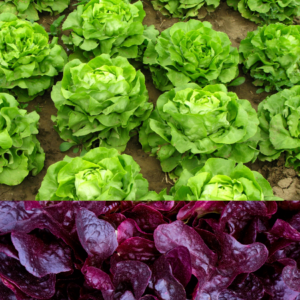
Lettuce and Cabbage: A Perfect Pair
Why Lettuce and Cabbage Make Great Companions
Even in the world of companion planting, lettuce and cabbage stand out as a perfect pair. These two veggies not only complement each other in the garden but also benefit from being grown together.
How to Plant Lettuce and Cabbage Together
On planting day, make sure to space your lettuce and cabbage plants appropriately to allow for optimal growth. Plant lettuce around the base of the cabbage plants to provide them with shade and help retain soil moisture.
The key to successful companion planting of lettuce and cabbage lies in the different root depths and growth habits of these two plants. Lettuce has shallow roots, so it won’t compete with the deeper-rooted cabbage for nutrients. Additionally, lettuce helps deter pests that commonly affect cabbage, making it a natural pest repellent.
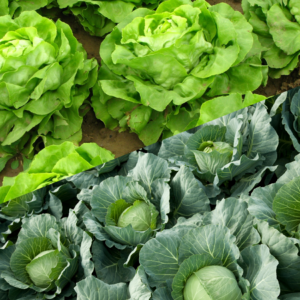
Tips for a Thriving Lettuce and Cabbage Garden
After deciding to grow a lettuce and cabbage garden, there are a few key tips to keep in mind to ensure your plants thrive.
- Companion planting is vital for lettuce and cabbage, consider planting marigolds alongside them to deter pests,
- Keep the soil consistently moist but not waterlogged,
- Regularly fertilize with a balanced fertilizer to promote healthy growth,
- Harvest lettuce and cabbage promptly to prevent bitterness.
The key to success in growing these vegetables is providing them with the right conditions for optimal growth.
Choosing the Right Varieties for Your Climate
Cabbage thrives in cooler temperatures and is known to be a hardy vegetable. Consider varieties that are suited to your climate; some are better equipped to handle extreme cold or heat. Be sure to check which varieties are recommended for your specific growing zone. The right choice will lead to successful cabbage cultivation.
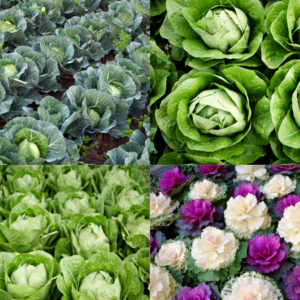
Soil and Sunlight Requirements for Optimal Growth
For lettuce and cabbage to thrive, they require rich, well-draining soil and at least six hours of sunlight per day. Ensure the area you choose for planting provides adequate sunlight and amend the soil with compost to enhance its nutrient content. The right balance of soil and sunlight will lead to healthy, productive plants.
Common Challenges and Solutions
Dealing with Pests and Diseases in Your Lettuce and Cabbage Garden
Challenges such as pests and diseases can sometimes affect your lettuce and cabbage crops. Keep an eye out for common culprits like aphids, caterpillars, and mildew. Natural solutions such as introducing beneficial insects, like ladybugs, and practicing good garden hygiene can help keep these pests at bay. If diseases like powdery mildew strike, consider using a neem oil spray to combat the issue.
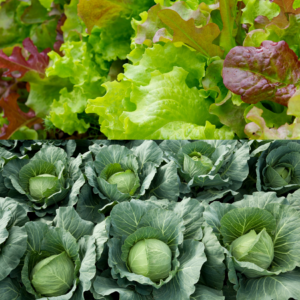
Troubleshooting Common Issues with Lettuce and Cabbage Companion Planting
Common issues with lettuce and cabbage companion planting may include overcrowding, nutrient deficiencies, or incompatible plant pairings. Make sure to give your plants enough space to grow and regularly check for signs of nutrient deficiencies. If you notice any issues, consider adjusting your planting layout or supplementing with organic fertilizers to keep your plants healthy and thriving.
Diseases: Powdery mildew and damping-off are common diseases that can affect lettuce and cabbage. Keep an eye out for any signs of these diseases and take prompt action to prevent their spread. Removing affected plant parts, improving air circulation, and using organic fungicides can help protect your crops from these harmful diseases.
Conclusion
With these considerations in mind, you can create a thriving garden by utilizing lettuce and cabbage companion planting tips. By planting these vegetables together, you can benefit from improved growth, pest control, and overall health of your garden. Start implementing these tips in your garden today and watch your lettuce and cabbage thrive!
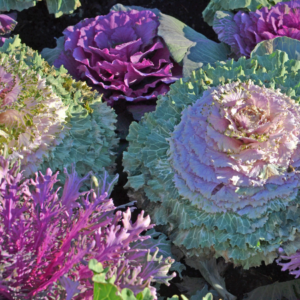
FAQ
Q: Why is companion planting important for lettuce and cabbage?
A: Companion planting helps optimize space, promote growth, and deter pests naturally in your garden.
Q: Which plants are good companion plants for lettuce and cabbage?
A: Good companion plants for lettuce and cabbage include carrots, onions, and herbs like dill and mint.
Q: Can I plant lettuce and cabbage next to each other in the garden?
A: Yes, lettuce and cabbage can be planted together as they have similar growing conditions and benefit from each other’s presence.
Q: How far apart should I space lettuce and cabbage when companion planting?
A: Leave at least 12-18 inches of space between lettuce and cabbage to allow for proper air circulation and growth.
Q: Are there any plants that should not be planted near lettuce and cabbage?
A: Avoid planting tomatoes and broccoli near lettuce and cabbage as they can compete for nutrients and may attract similar pests.
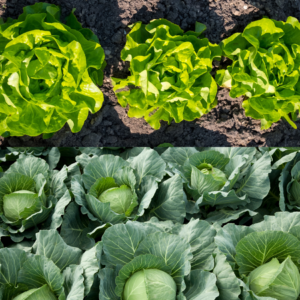
Companion Plant Broccoli with Compatible Veggies
Eliminate 90% of Pest Problems

